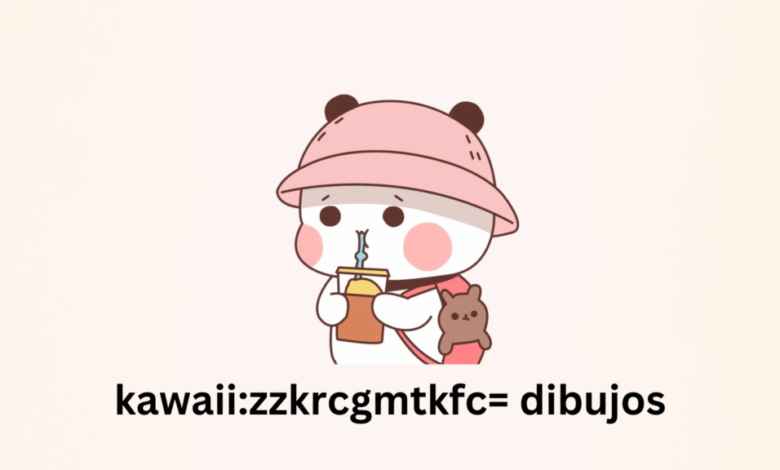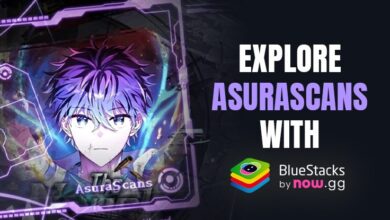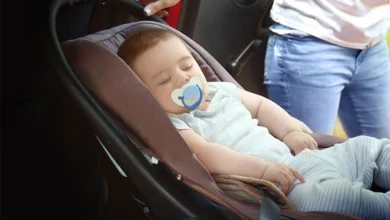Exploring the Whimsical World of Kawaii:zzkrcgmtkfc= Dibujos

Introduction to Kawaii:zzkrcgmtkfc= Dibujos
Kawaii, a term that echoes through the colorful streets of Harajuku and the wide-ranging digital landscapes of art communities, translates to “cute” in Japanese. This cultural phenomenon has transcended its initial boundaries to influence art, fashion, and media worldwide. In this context, “Kawaii:zzkrcgmtkfc= Dibujos” likely refers to a unique, stylized form of drawings characterized by their adorable and charming qualities kawaii:zzkrcgmtkfc= dibujos.
Origins of Kawaii:zzkrcgmtkfc= Dibujos
The roots of kawaii culture can be traced back to the post-World War II era, blossoming significantly during the 1970s in Japan when characters like Hello Kitty emerged. Initially a marketing tool that appealed to the youth, kawaii quickly entrenched itself as a fundamental aspect of Japanese pop culture. As for the “Zzkrcgmtkfc=” prefix, it seems to be a unique identifier, possibly a specific artist’s tag or a unique style within the kawaii genre kawaii:zzkrcgmtkfc= dibujos.
Essential Techniques for Crafting Adorable Kawaii Drawings
Kawaii art has taken the world by storm with its emphasis on cuteness, simplicity, and expressive characters. Whether you’re a beginner artist or looking to refine your skills, here are some key tips to help you create your own enchanting kawaii drawings:
- Simplify the Shapes: Start with basic shapes like circles, ovals, and rounded rectangles. Kawaii art emphasizes simplicity and minimalism, which helps make the characters universally adorable.
- Oversize the Eyes: Large, expressive eyes are a hallmark of kawaii design. They convey emotion and personality, making your drawings instantly more relatable and endearing.
- Use Pastel Colors: Soft, light colors tend to evoke feelings of warmth and comfort. Pastel palettes are perfect for enhancing the cute factor in your kawaii drawings.
- Add Cute Accessories: Think about small details that can add character. A tiny hat, a bow, or even a small blush on the cheeks can transform a simple drawing into something truly kawaii.
- Play with Proportions: Enlarging the head and shortening the limbs can make your characters look more youthful and cute. Experiment with different proportions to see what feels the most ‘kawaii’ to you.
- Express Emotions with Simple Lines: A slight curve upwards or downwards on the mouth or eyes can drastically change the emotion of your kawaii character. Experiment with different expressions to bring life to your creations.
- Smooth Lines and Coloring: Clean, smooth outlines and evenly applied colors help keep the look soft and appealing. Try using markers or digital tools to achieve a polished finish.
Main Characteristics of Kawaii:zzkrcgmtkfc= Dibujos
Key Features of Kawaii Culture in Art
Kawaii, a concept deeply ingrained in Japanese culture, transcends mere “cuteness” to embody a broader aesthetic that influences various forms of art, including drawings, or “dibujos” in Spanish. This aesthetic is characterized by its distinctive features that evoke feelings of warmth, happiness, and a sense of childlike innocence. Below are the main characteristics that define Kawaii art:
- Simplified Features: Kawaii art typically features characters with simplified, exaggerated features such as large eyes, small mouths, and rounded shapes. This simplification makes the characters more approachable and endearing.
- Pastel Color Palette: Soft, pastel colors are prevalent in Kawaii designs, contributing to the overall soothing and gentle feel of the art. These colors enhance the adorable and harmless look of the characters kawaii:zzkrcgmtkfc= dibujos.
- Themes of Innocence: The themes often revolve around innocent and childlike subjects, emphasizing purity and simplicity. Common motifs include flowers, animals, and fantastical creatures, all depicted in a playful and whimsical style.
- Expressive Emotions: Despite the simplicity, Kawaii characters often express vivid emotions that resonate with the viewer. The expressions, although minimalistic, are powerful in conveying joy, sadness, surprise, and love kawaii:zzkrcgmtkfc= dibujos.
- Adorable Accessories: Characters in Kawaii drawings are often adorned with cute accessories like bows, hats, or scarves. These accessories not only add to the cuteness factor but also give characters a distinctive personality.
- Influence of Fantasy: Many Kawaii artworks incorporate elements of fantasy, creating a magical world where the ordinary becomes extraordinary. This allows artists to explore creative narratives that further enhance the allure and charm of their creations.
Exploring Popular and Demanding Themes in Kawaii Drawings
From whimsical animals to fantastical creatures, common themes include:
1. Animal Characters: Kawaii drawings often feature a plethora of cute animal characters, from domestic pets like cats and dogs to whimsical creatures like unicorns and dragons. These animals are typically depicted with large, expressive eyes and soft, rounded bodies, enhancing their cuteness.
2. Food with Faces: Imagine your favorite snacks, but with adorable faces and personalities! This theme includes everything from smiling sushi rolls to cheerful chocolate bars. This playful twist on everyday items adds an element of whimsy and fun to kawaii art kawaii:zzkrcgmtkfc= dibujos.
3. Fantasy Elements: Magical themes are a staple in kawaii drawings. Artists often incorporate fantastical elements like fairies, mermaids, and magical kingdoms. These elements not only add a dreamy quality to the artwork but also allow for vibrant, imaginative scenarios kawaii:zzkrcgmtkfc= dibujos.
4. Nature and Floral Designs: Flowers, trees, and landscapes are often depicted with a kawaii twist. These might include smiling flowers or trees with cute faces, blending natural beauty with the quintessential charm of kawaii.
5. Everyday Objects: Kawaii art can transform mundane objects into sources of joy. Everything from pencils to houses can be personified with cute eyes and a happy demeanor, making ordinary scenes extraordinary.
6. Space and Celestial Bodies: Stars, planets, and other celestial bodies often appear in kawaii drawings, adorned with bright colors and cute faces. This theme combines the mystery of space with the playful and endearing style of kawaii kawaii:zzkrcgmtkfc= dibujos.
7. Seasonal Themes: Artists frequently explore themes related to seasons, like cherry blossoms in spring or snowmen in winter. These seasonal motifs are perfect for celebrating the passing of time with a kawaii flair.
8. Pop Culture Mashups: Kawaii artists often draw inspiration from popular culture, merging famous characters from films, cartoons, and comics with kawaii aesthetics. This fusion creates a unique, adorable rendition of beloved characters kawaii:zzkrcgmtkfc= dibujos.
Getting Started with Kawaii Drawings
To embark on your kawaii drawing journey, consider these steps:
- Gather Inspiration: Explore existing kawaii art.
- Sketch Regularly: Practice with simple sketches.
- Use References: Study from real objects and characters kawaii:zzkrcgmtkfc= dibujos.
Tips for Creating Kawaii:zzkrcgmtkfc= Dibujos
- Start Small: Focus on small, manageable projects.
- Experiment with Styles: Blend traditional kawaii elements with your personal touch.
- Engage with the Community: Share your work online and gather feedback kawaii:zzkrcgmtkfc= dibujos.
Cultural Impact of Kawaii:zzkrcgmtkfc= Dibujos
Kawaii art has significantly influenced not just art but also fashion, design, and consumer products globally. It represents a soft, approachable aspect of Japanese culture, promoting a sense of community and positivity kawaii:zzkrcgmtkfc= dibujos.
Conclusion
Kawaii:zzkrcgmtkfc= Dibujos is more than just an artistic style—it’s a vibrant, ever-evolving expression of creativity that captures hearts worldwide. Whether you’re an aspiring artist or a seasoned enthusiast, diving into the world of kawaii offers a delightful escape into the realms of imagination and cuteness. Embrace the joy of creating something uniquely adorable and distinctly yours kawaii:zzkrcgmtkfc= dibujos.



